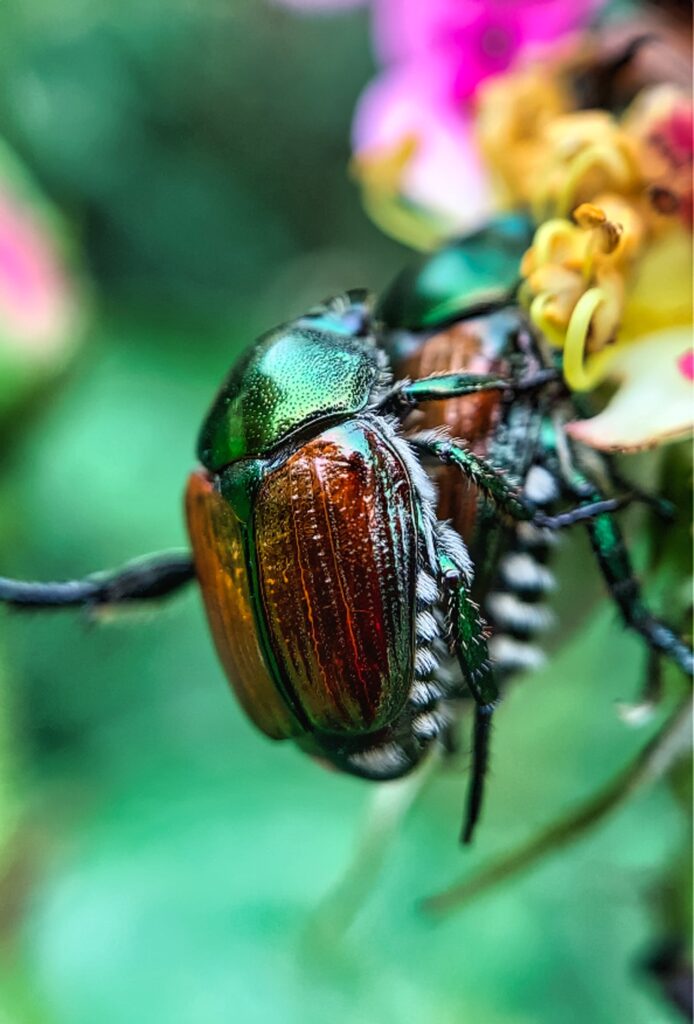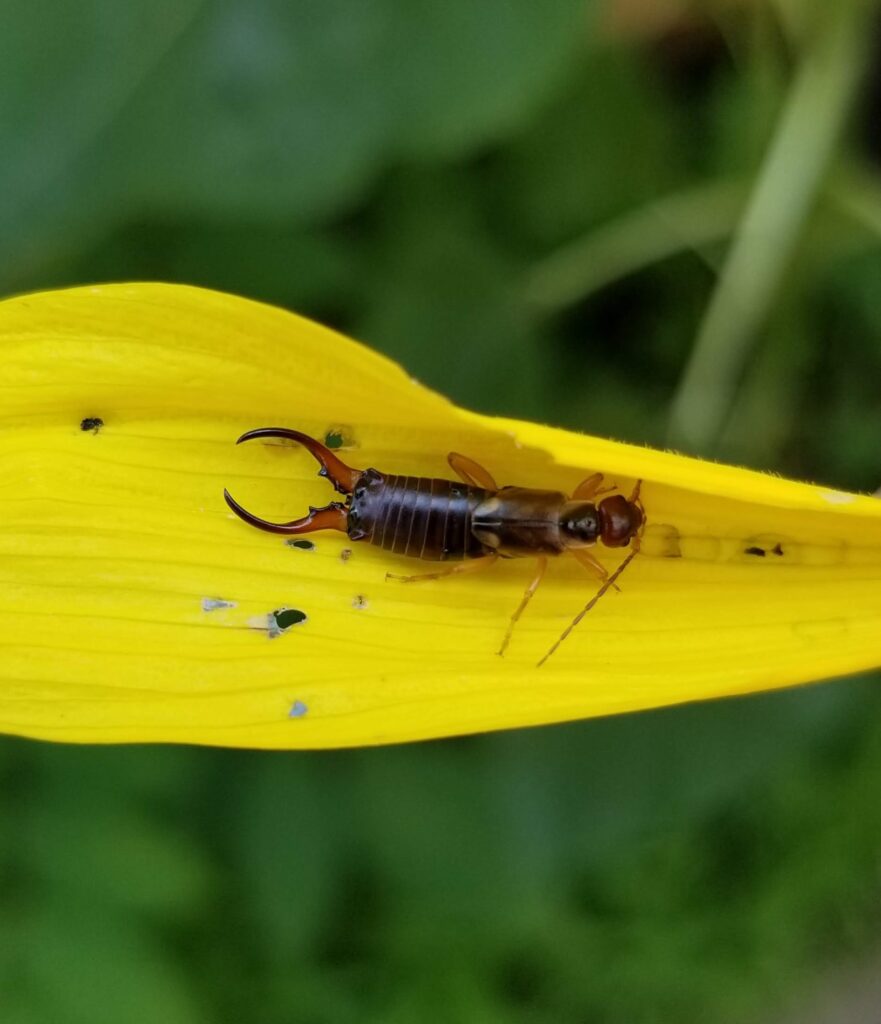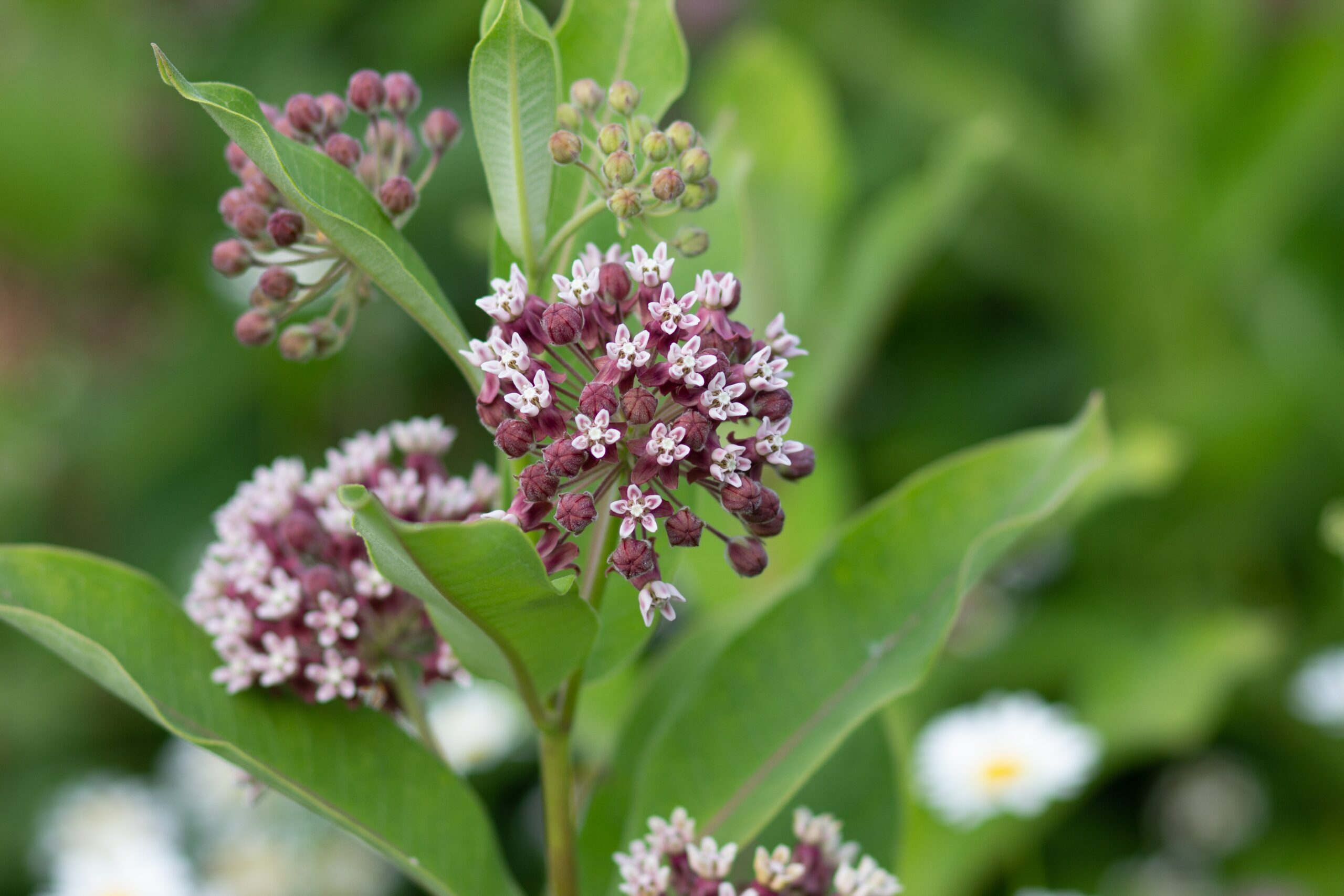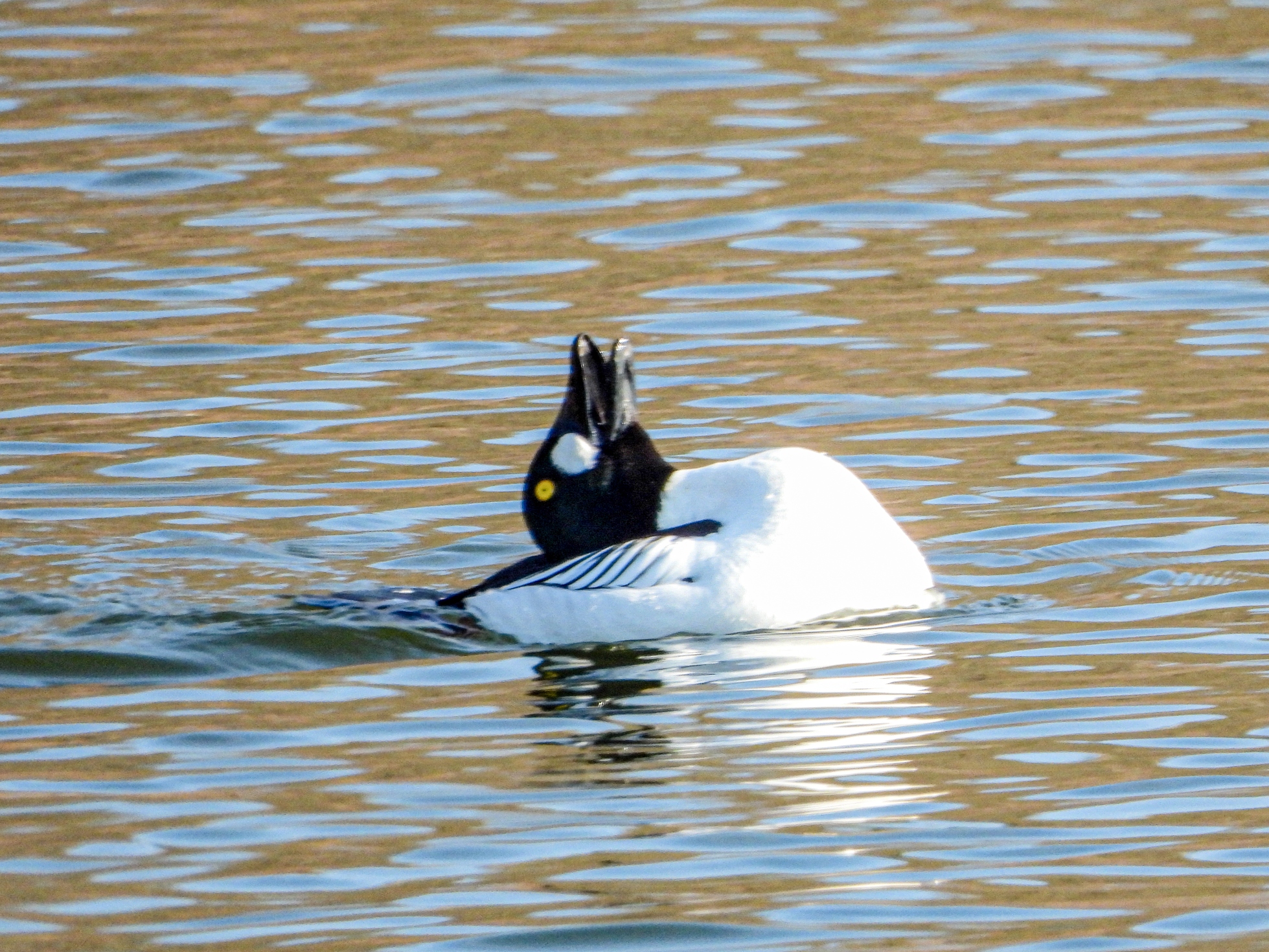By Claudette Sims, Halton Master Gardener
Perennials
Cut back any tired-looking perennials; remove yellowed or dying stems, leaves, or flowers, e.g., lavender, penstemon, perennial geranium. Remove seed heads to control the spread of aggressive self-sowing perennials or to save seeds for winter sowing. Where possible, leave seed heads to feed the birds in the late summer and fall.
Annuals
Pinch back old flower heads or lightly shear the tops to keep plants producing flowers.
Potted plants
Potted plants may need more than one watering per day during hot weather. If plants wilt despite watering, gently tip them out to see if they are pot-bound and need a larger container.
Fertilize plants
Fertilize plants as needed using a slow-release organic product such as hen manure.
Veggies
Water during dry or hot weather to reduce plant stress. Remove diseased and damaged leaves/fruit. Avoid high nitrogen fertilizers on tomatoes, squash, and peppers as it can lead to blossom end rot. Harvest vegetables and berries regularly so that the plants keep producing. Add new plantings like chard, radishes, carrots, kale, spinach, turnips, beets, basil. Identify pests troubling your veggie garden to take effective action.
Strawberries
August is a good time to renovate your strawberry beds.
Phalaenopsis orchids
Inspect plants for pests and complete any repotting this month. Fertilize weekly and water carefully. Encouraging healthy new leaves will give your phalaenopsis orchids the energy to bloom well this winter.
Trees
Water deeply during dry periods; reduce soil compaction around trees by using mulch or growing perennials or shrubs at the base instead of lawn. Water newly-planted trees and shrubs weekly.
Lawn
Encourage deep roots by watering less frequently, but more deeply. Follow these cultural practices to have healthy lawns that use water-efficient practices.
Weeds
Every weed pulled now is thousands of weeds you won’t have to deal with later! Removing flowers before they go to seed will greatly reduce the seed bank in the soil. Don’t add flowers or seeds to compost. Watch for these August weeds: bindweed, purslane, creeping bellflower, thistle, burdock, black medick, dog strangling vine, buckthorn.


Pests
Welcome animals that eat pests like Japanese beetles, e.g. robins, crows, sparrows, blue jays, cardinals, and animals like raccoons, skunks, moles, and shrews. Add these wildflowers (common milkweed, black-eyed Susan, and wild bergamot are among those listed), to attract spiders, assassin bugs, ants, ground beetles, predatory stink bugs, and tachinid flies to control problem insects. Earwigs like to hide in small, dark places so trapping is effective in reducing populations. Scatter rolled cardboard traps in problem areas and check daily. Remove trapped earwigs by shaking into a pail of soapy water. Learn more about earwig management here.
Prairie coneflower is a dainty near-native wildflower with a very long bloom time (June to August+). It is a perfect addition to your pollinator garden. Consider adding it to your garden next year!





